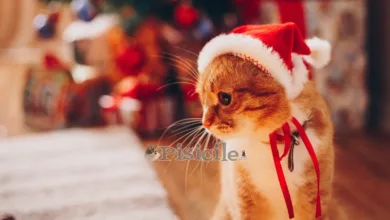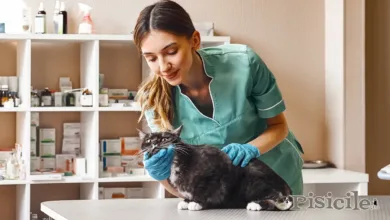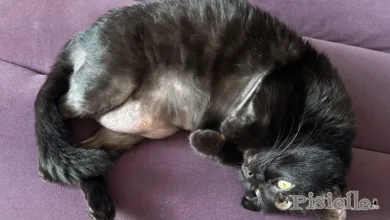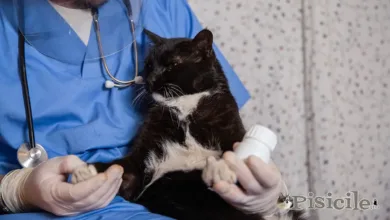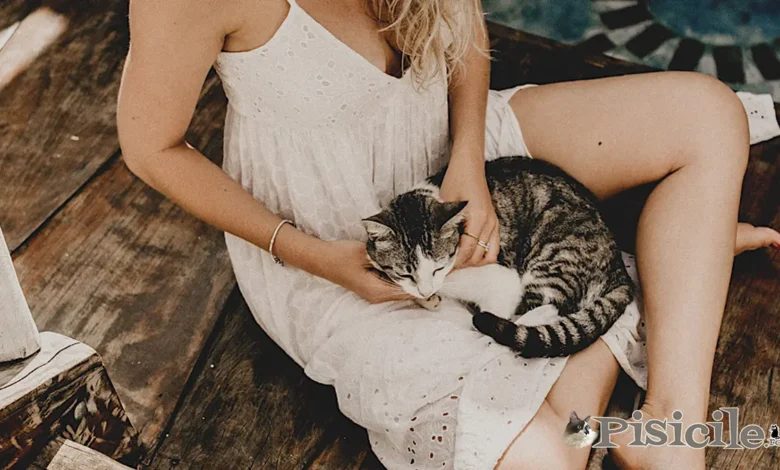
As with humans, with age, cats suffer from certain conditions, including diabetes. In fact, it is also the second most common condition that cats struggle with. The first signs of diabetes can appear as early as the age of 6, but the first indications that the cat has diabetes appear around the age of 9. Diabetes in cats.
Diabetes is a disease of the pancreas, which results in the inability of this organ to produce enough insulin. Detecting this disease can be done very easily at almost all veterinary practices, through a blood or urine analysis. Detected in time, untreated, diabetes can lead to various kidney diseases, metabolic problems, neurologic or even death.
Subject
Diabetes in cats: Symptoms
The symptoms of diabetes in cats are varied, some of them could be the cause of other conditions. Increased thirst, frequent urination, increased appetite, weight loss, apathy and laziness, loss of luster in fur, weakness in limbs, bacterial cystitis, retinal diseases and depression are the main signs that should give you thought and take the cat to a veterinary clinic as soon as possible.
The causes of the appearance and development of diabetes in cats
The causes of diabetes in cats are multiple, but most of the time, the main factors are: obesity, inadequate nutrition, unbalanced diet, lack of vitamins, diseases of the digestive tract such as ulcers or colitis, diseases of the liver, diseases of the gall bladder, overfeeding, pancreatitis, hepatitis, use of hormonal drugs and contraceptives, genetic predisposition can lead the cat to this disease of the pancreas.
Treatment and diet in cats with diabetes
The treatment is based on a balanced diet, low in carbohydrates and carbohydrates, and rich in proteins, lipids, vitamins and mineral salts. Administration of drugs or insulin injections are part of the treatments of this disease. The doctor will choose the best treatment and food scheme. The treatment is a long one, and the cat will need all your patience and responsibility to be able to complete it, because in many cases the disease can regress.
Insulin treatment is determined according to the cat's weight, and if the disease is detected early, cats respond adequately to treatment with pills to combat the condition. It is also important that the insulin is given at the same time each day. It is excluded to apply this treatment without going to a specialist veterinarian, who will determine the treatment and diet following blood or urine tests.
Diabetes in cats: Monitoring
Monitoring is important to combat potential complications that may occur during diabetes treatment.
You can monitor your blood glucose at home by taking daily blood samples, noting the time the injection was given, the amount of insulin injected, the amount and type of food given, the amount and time of food eaten, the amount of water drunk, noting the blood glucose value before the administration of insulin, and the weight of the feline will be recorded weekly.
Part of monitoring also involves taking samples from your vet, and don't change feed or insulin amounts without consulting your vet. Glucose eliminated through urine shows if the treatment is adequate and effective. You can use sand specially designed for collecting urine or pre-washed sand used in aquariums.
The urine that should be collected is that of the night or first thing in the morning. If the dose of insulin given is too high, the blood glucose can drop extremely low. If a diabetic cat develops lethargy, tremors, convulsions, weakness or limb instability, it is necessary to determine its blood sugar and go to the vet urgently.
Daily exercise and a proper balanced diet can prevent diabetes in cats.
*Please note that this article is not written by a veterinarian and the content is general information about what diabetes in cats means, causes, treatment and diet. We encourage you to go to the vet as soon as you notice any changes in your cat's behavior and habits.
